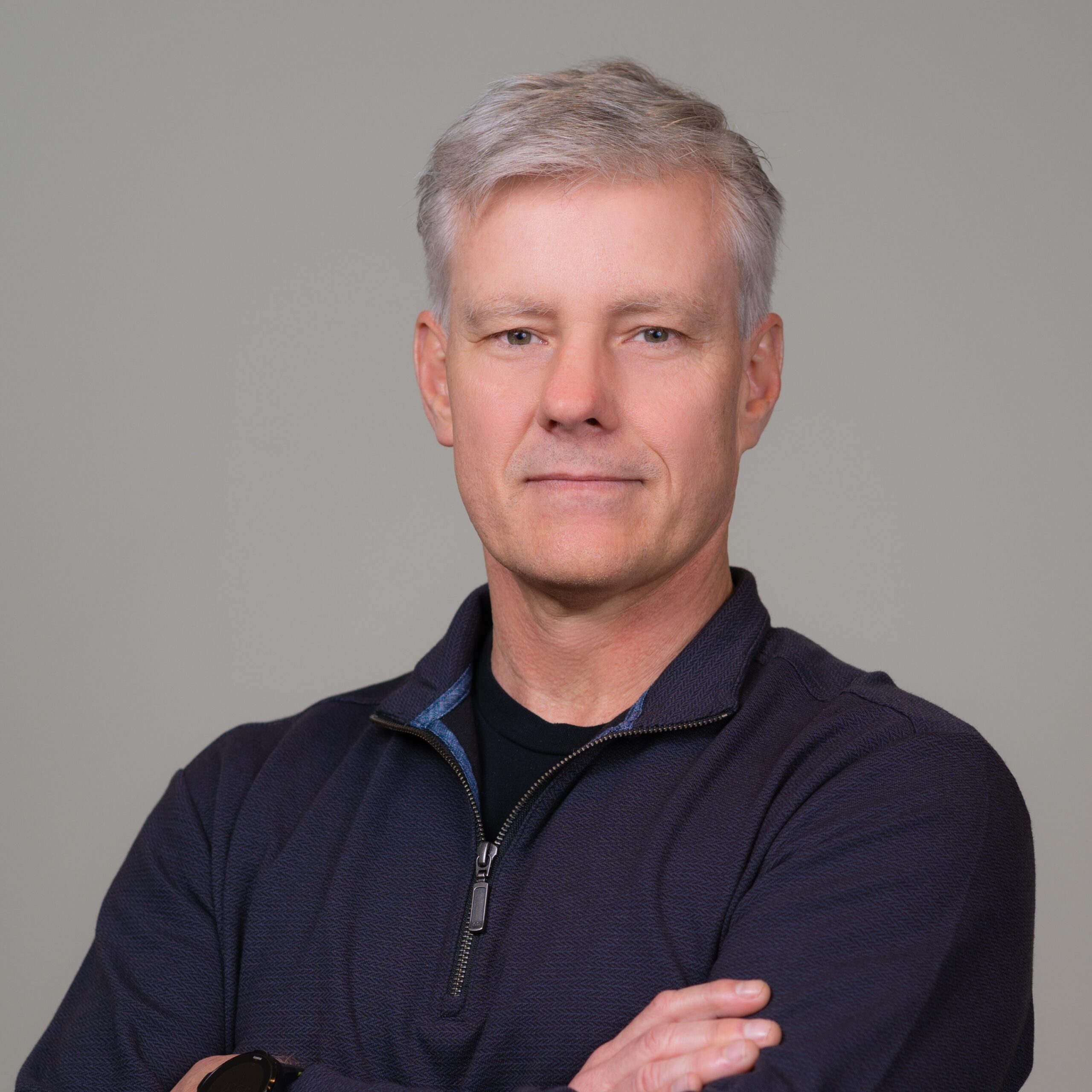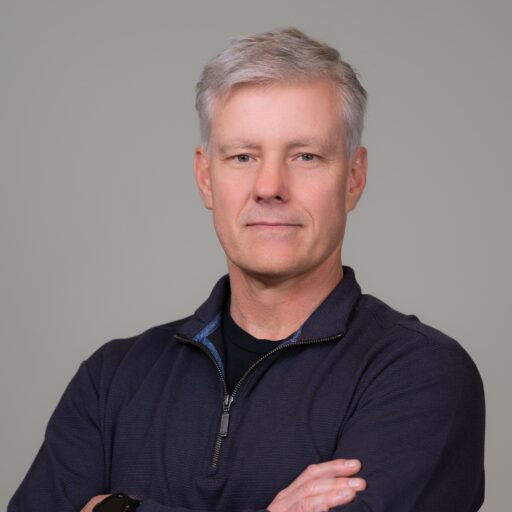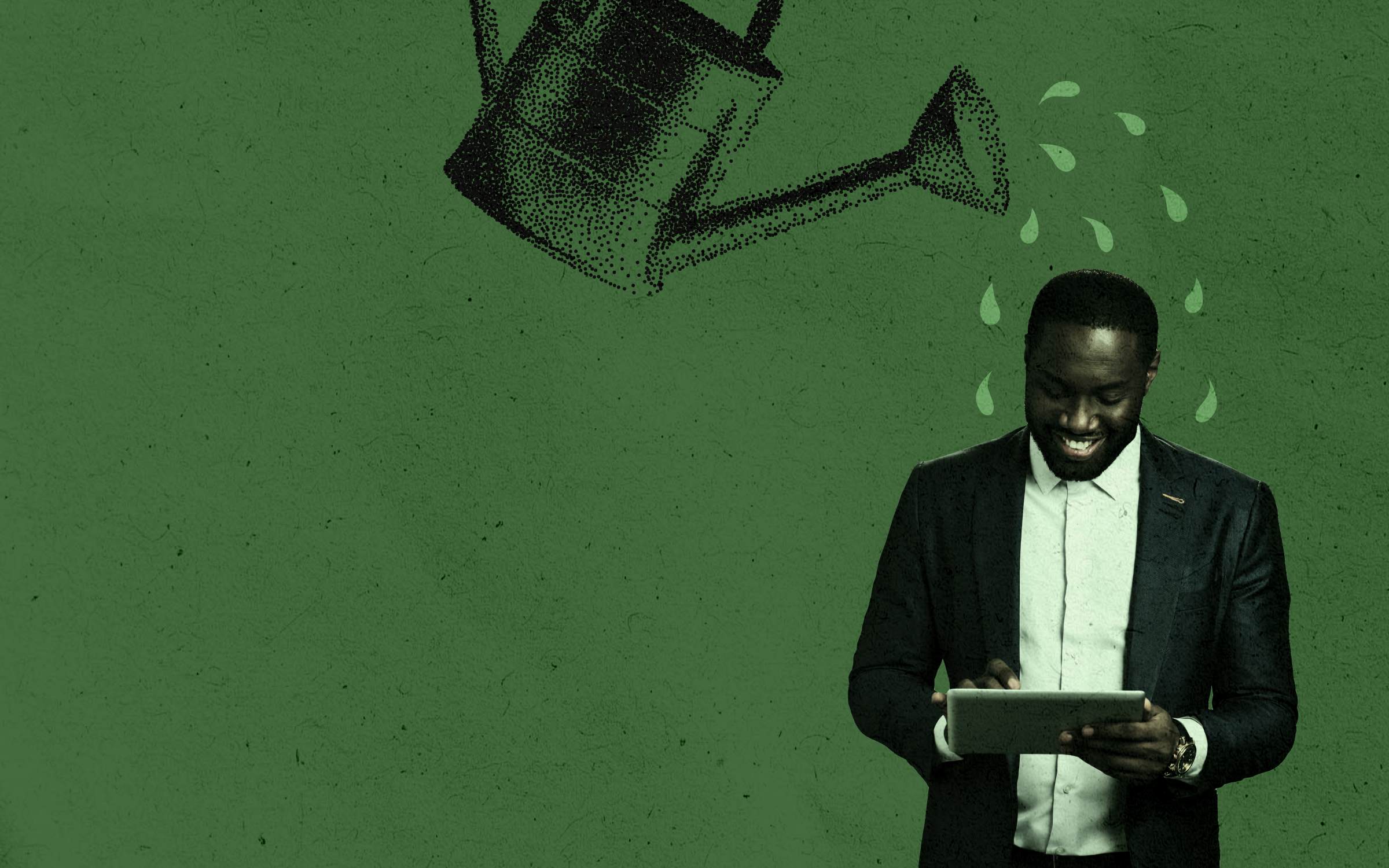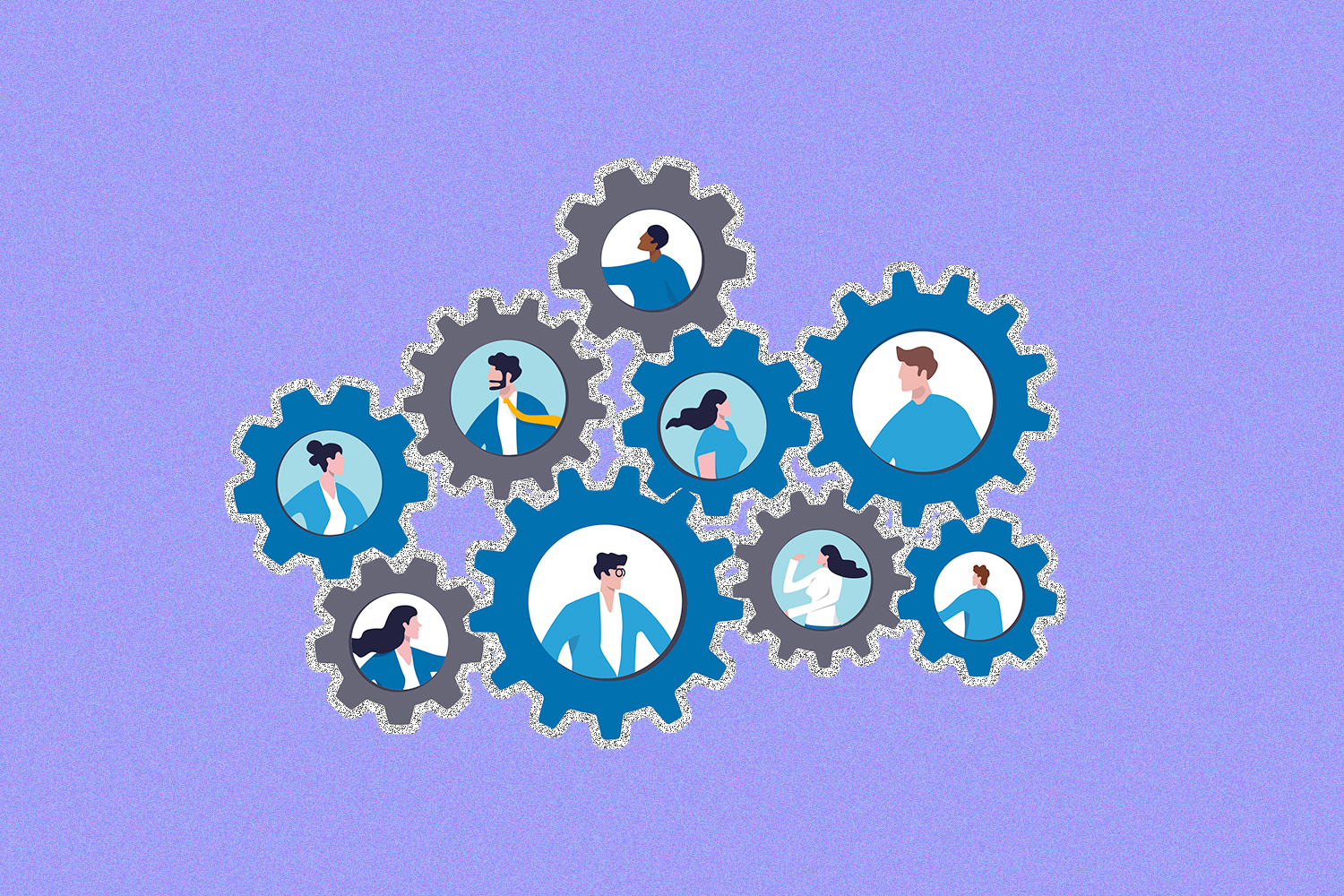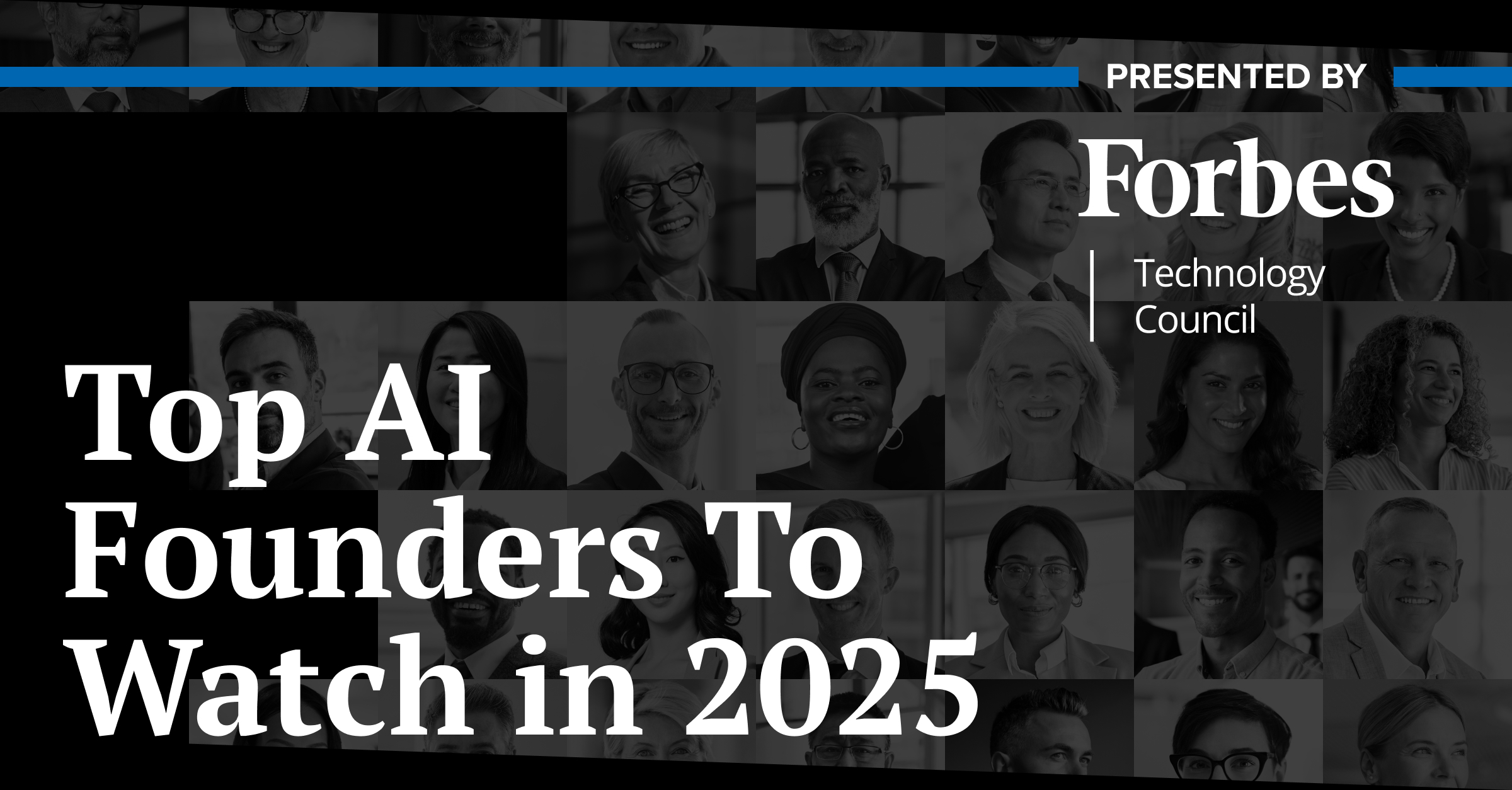In our recent article, we covered eight steps for hiring and recruiting veterans and military spouses — one of which is creating programs to assist veterans in their return to the workplace. To get a behind-the-scenes look at a rotational program in action, Senior Executive DEI spoke with a program executive and a participant involved in banking firm Synchrony’s Veterans Leadership Program, which launched this year.
Jim Eubanks is a former captain in the U.S. Air Force, a risk testing executive at Synchrony, and a co-leader of the Veterans Leadership Program. Part of the company’s first cohort is employee JP Campbell who served in the Marine Corps for more than 10 years.
The 13-month rotational program is designed to guide six veterans in their transition to civilian life, prepare them to enter the workforce, and then hire them to start their careers with Synchrony upon completion. The first month is spent taking a training course. Then veterans are assigned a position for a six-month rotation based on their resume. Their second rotation depends on their strengths and preferences.
Program planning started in February of 2022, with about six months of prep work and curriculum design before the co-leaders got final approval in July. The rest of 2022 was spent recruiting veterans through working with a recruiter and attending the Service Academy Career Conference and a hiring fair at Fort Liberty, formerly Fort Bragg, in North Carolina.
Read on for an edited excerpt of our exclusive interview with Eubanks and Campbell. We’ll cover the importance of executive sponsorship, the different types of veteran applicants, and the program’s biggest takeaways.
Senior Executive: How did Synchrony’s Veterans Leadership Program come about?
Jim Eubanks: For years past here at Synchrony, I and a number of previous Veterans Network leaders have been trying to establish this type of hiring program specifically for veterans… Brian Wenzel, chief financial officer, saw this article on LinkedIn about Capital One’s military recruitment program…and they were talking about how they did it. He sent me that article asking, ‘How come we don’t have one of these?’ He was a new executive sponsor; he came on just a few months prior to sending me that article. [To pull this off] in corporate America, you’re going to need people who are willing to sponsor this. You need a leader within the business that says, ‘I’ll gladly take in these veterans and ask my managers to create special projects or positions that they can do these rotations in and they can learn a little bit about our business. Then at the same time, they can gain experience so we can evaluate where they might best be used.’
“[To pull this off] in corporate America, you’re going to need people who are willing to sponsor this. You need a leader within the business that says, ‘I’ll gladly take in these veterans and ask my managers to create special projects or positions that they can do these rotations in and they can learn a little bit about our business.”
You need leadership within the company itself in a particular area. In this case, it was technology and operations. Then you need someone like Brian to say, ‘Hey, we’re going to have some funding for this because this is going to increase our headcount.” So, you have to have a CFO on board. Then you have to have a host of volunteers to be able to pull something like this together. You have an onboarding session with veterans to train them on our different systems. You have the computers, the cell phone to get trained on how to use the authentication piece. Then, how we make money as a company. You need a lot of people to volunteer to put this training together and put [veteran participants] into these rotations and guide them through the program. The funding was the last piece that we needed.
Senior Executive: What types of veterans are you hiring at Synchrony?
Jim Eubanks: There are three types of veterans we can hire at Synchrony. The first is someone like me who served in the military previously, but I got out and have gotten industry experience. If a company like Synchrony were to look at me for a position, they would evaluate me based on my industry experience, and I just happen to be a veteran. The second one is the type of veteran who serves in the military and then they get out, but they’ve earned their GI Bill benefits, which allows them to go to college, essentially, and have the government pay for their tuition, room, and board… In both of these cases, these are veterans that have had a transition from the military to civilian life. But this third type of veteran is who we’re focused on — the ones who are making that initial jump. They don’t have any industry experience. In most cases, they haven’t [received a college degree]. Some veterans did some sort of certification training to make themselves more marketable, but they’re not coming out of college. That’s the type of veteran we’re hiring.
Senior Executive: Why was creating a veteran-specific hiring program so important to your team?
Jim Eubanks: When a hiring manager takes a look at a veteran’s resume, and they see that they [were] a boot camp drill instructor or a sniper school instructor, [hiring managers] have trouble understanding why [Synchrony] would want a person with those qualities in a sales position. But to those of us who’ve been in the military, we fully understand what that person may bring to the table, and the skill sets and value of a veteran. It’s really hard to get that across in a resume. It’s almost like you need…to have an interaction to help show that manager that a particular veteran can bring a lot of value to your team if you give them a chance. That’s really what we were trying to do in creating a veteran-specific hiring program. We could bring veterans into a specific program to help them make that transition from the military.
[Then hiring managers] can see this person understands how to work in a large team. They know how to navigate a bureaucracy. They know how to do both leadership and followership very well. I can give them a problem and their first thought is, ‘I have to move forward to solve this problem, even though I’ve never done it before.’ That happens all the time in the military, where you’re given a mission and you don’t know how to do it, [but you have to] start figuring out how to solve the problem rather than just sitting there admiring it. That’s the value a veteran brings.
Senior Executive: How does the program’s rotational format help participants transition from military to civilian to corporate life?
Jim Eubanks: When [military personnel] come off active duty, there’s this transition process that we call a decompression period… We take a month to walk [program participants] through what they experienced in the military in terms of leadership styles and communication styles… Then, in the last week of that [month-long] course, we send them to West Point, [which] has a consulting arm that we leverage.
After that, they go into two six-month rotations, which allow [program participants] to demonstrate their skills and the value they can bring to a team. It also allows the hiring managers in those areas to realize these are great people… While [program participants are] in those six-month rotations, the learning that we have for them doesn’t stop. They’re assigned mentors; other veterans within the company who are senior leaders, so they’re either vice presidents or senior vice presidents within Synchrony. They provide [a space] for our new veterans to ask questions, like, ‘I’m struggling to make this transition or I’m having trouble communicating with a manager.’ That’s an opportunity for some of our other leaders within Synchrony to give one-on-one guidance to our veterans.
JP Campbell: We meet with executives pretty frequently, and one thing that I’ve appreciated about Synchrony is it doesn’t feel like the executives are trying to change me or how I think to adapt to the Synchrony mentality. It’s more about saying, ‘These are things that you learned in the military. Some of them may apply. How do we bring that into Synchrony and help us continue to grow?’ I think that kind of mentality has been very good, and I think it’s pretty unique.
Jim Eubanks: The other component during that time is we have continuing education classes for veterans where they learn about our financial balance sheets. Usually, we try to have other veterans within the company who were in the finance area share those experiences and what they’ve learned. Same thing for sales. Same thing for tech, operations, and engineering. We try to pick veterans within those particular functions to educate our veterans on what they do [and] to give them the big picture of how the entire company works. The other thing that it does is it helps broaden our veterans’ network [within Synchrony].
Senior Executive: How do you feel about being a part of a small six-person cohort?
JP Campbell: I like it a lot because when we talk about the networking part, [the other program participants] are all doing different jobs as well so it’s kind of cool to be able to network and reach out to people in different areas [who share] the veteran background. I do think that if [the classes] got too big, there would be a bit lost in tailoring the different roles and rolling off the program. I think things would get lost.
…It’s almost critical [to have a smaller group] because you’re all getting out of the military at the same time so you’re working on other stuff like, ‘How do I move? What am I going to do about healthcare?’ All these different things that you don’t really think of while you’re in the military. Then, again, the networking piece is also about having shared experiences. I’m not exactly the same as an army person because I was in the marines. I don’t know what it’s like to jump out of planes and do all that other stuff, but those kinds of stories resonate with me. I think it’s very helpful to establish that cohesiveness early on.
Senior Executive: What’s your advice for diversity leaders on creating a more inclusive culture for veterans?
Jim Eubanks: These are the two keys I would tell other companies: you have to make sure [employees who are veterans] have a mission and they get their own new tribe — their own new people where they can work with and share experiences with. That’s why we bring all of our veterans for this particular program together to have lunch in the cafeteria and talk about the new things that we’re doing and about old times that we had in the military. [We’re recreating] that sense of tribe with people we’re really close with… The veterans in the Veterans Leadership Program work in Charlotte because we already have other senior leaders who are veterans like myself. We have a strong military network here.
Looking for more insights from top DEI leaders? Read these exclusive interviews by Senior Executive DEI.
